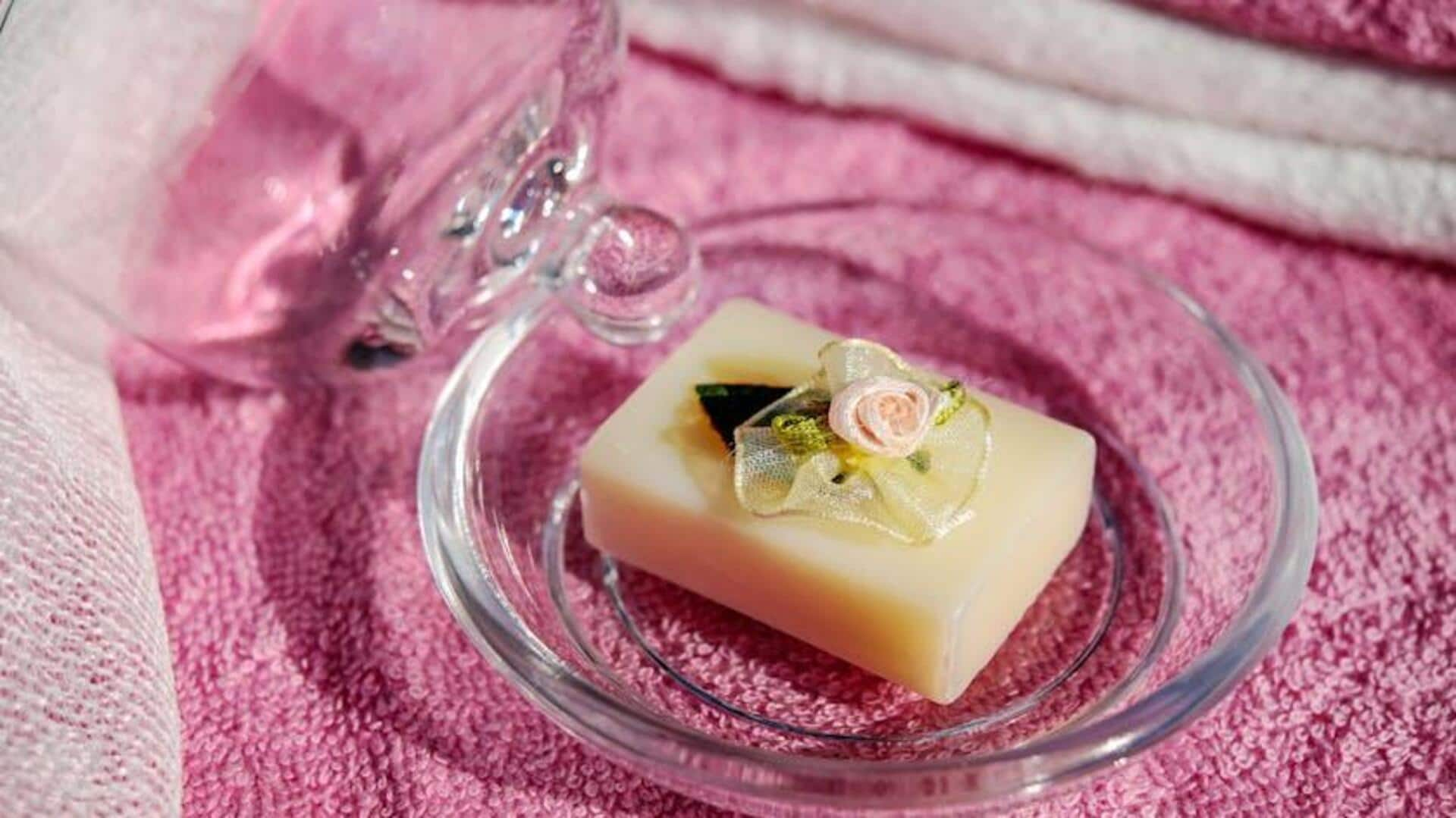
Craft soaps with kitchen ingredients, we tell you how
What's the story
Creating artisanal soaps with everyday kitchen ingredients is fascinating and practical. Not only do you get to be creative but also make them free from harsh chemicals. Using the items available in your kitchen like oils, herbs, and spices you can make unique and personalized soap bars. It's cost-effective, environment-friendly, and is a great option for those looking to live sustainably.
#1
Choosing the right base oils
Selecting appropriate base oils is also crucial in soap making. Olive oil is a popular choice owing to its moisturizing properties. Coconut oil adds hardness to the soap and creates a rich lather. Sunflower oil can be used for skin-nourishing benefits. Combining these oils in different proportions can yield various textures and qualities in the final product.
#2
Incorporating natural scents
Natural scents also add to the sensory experience of using handmade soaps. Essential oils such as lavender or peppermint provide pleasant aromas without any synthetic additives. You could also use citrus peels or zest for a fresh scent profile. Note that essential oils should be used sparingly as they are concentrated; usually one% to three% of the weight of your soap batch does the trick.
#3
Adding exfoliants for texture
Exfoliants give artisanal soaps texture and functionality by aiding in the removal of dead skin cells during use. Common kitchen ingredients such as oatmeal or ground coffee act as soft exfoliants for most skin types. These should be finely ground and then added to the mix so that they don't scratch or irritate sensitive skin.
Tip 4
Coloring with natural ingredients
Natural colorants from your kitchen can be an eco-friendly way to add visual appeal to your soaps without using artificial dyes. Turmeric gives a warm yellow hue, spirulina adds a green tint; beetroot powder gives shades of pink or red, depending on how much concentration you use when mixing.